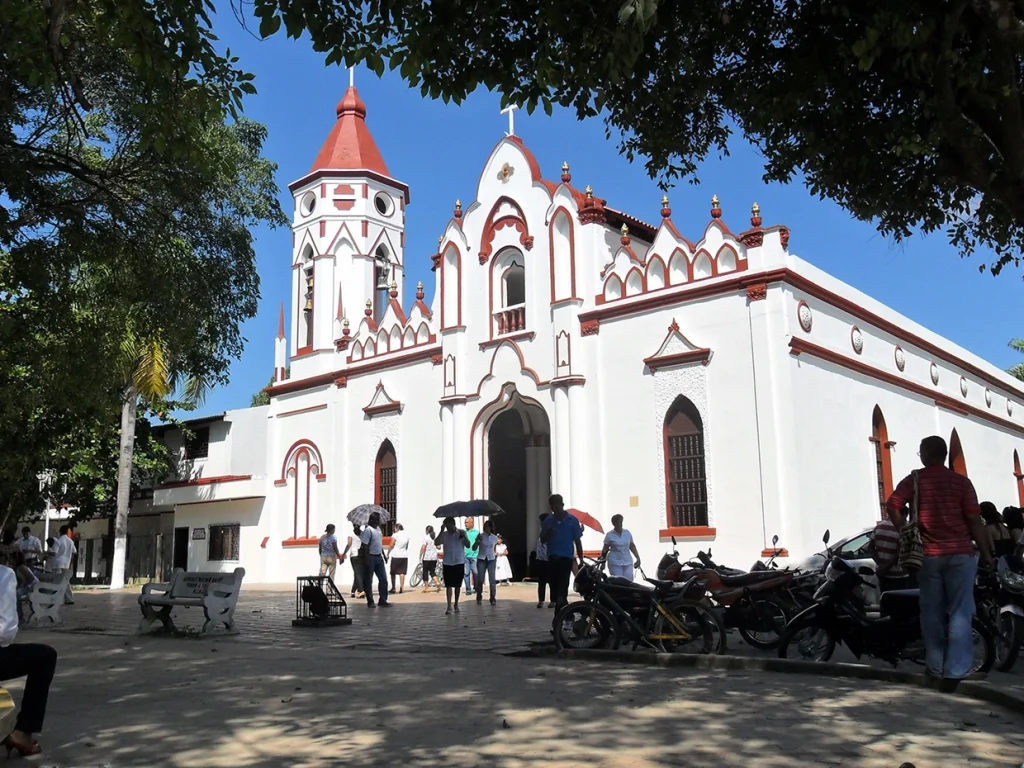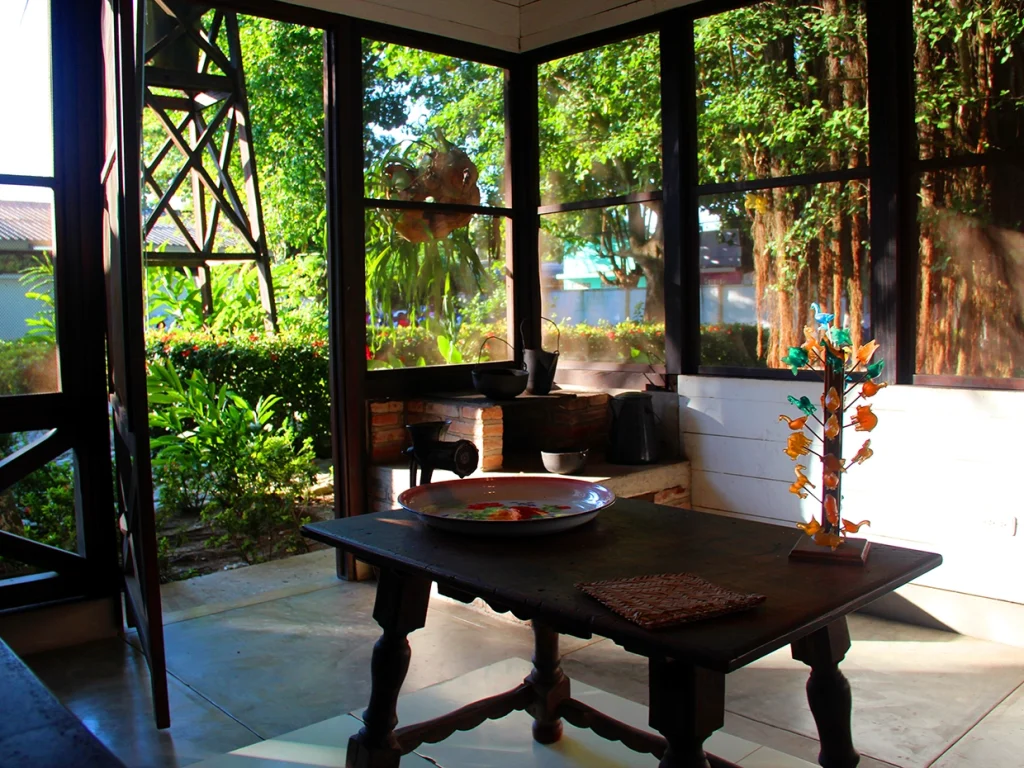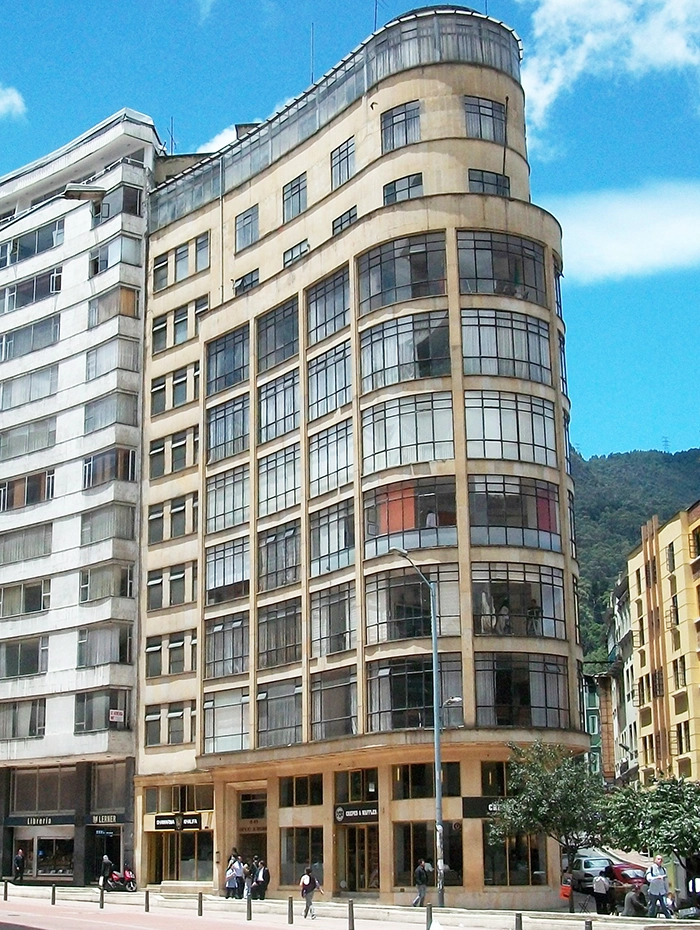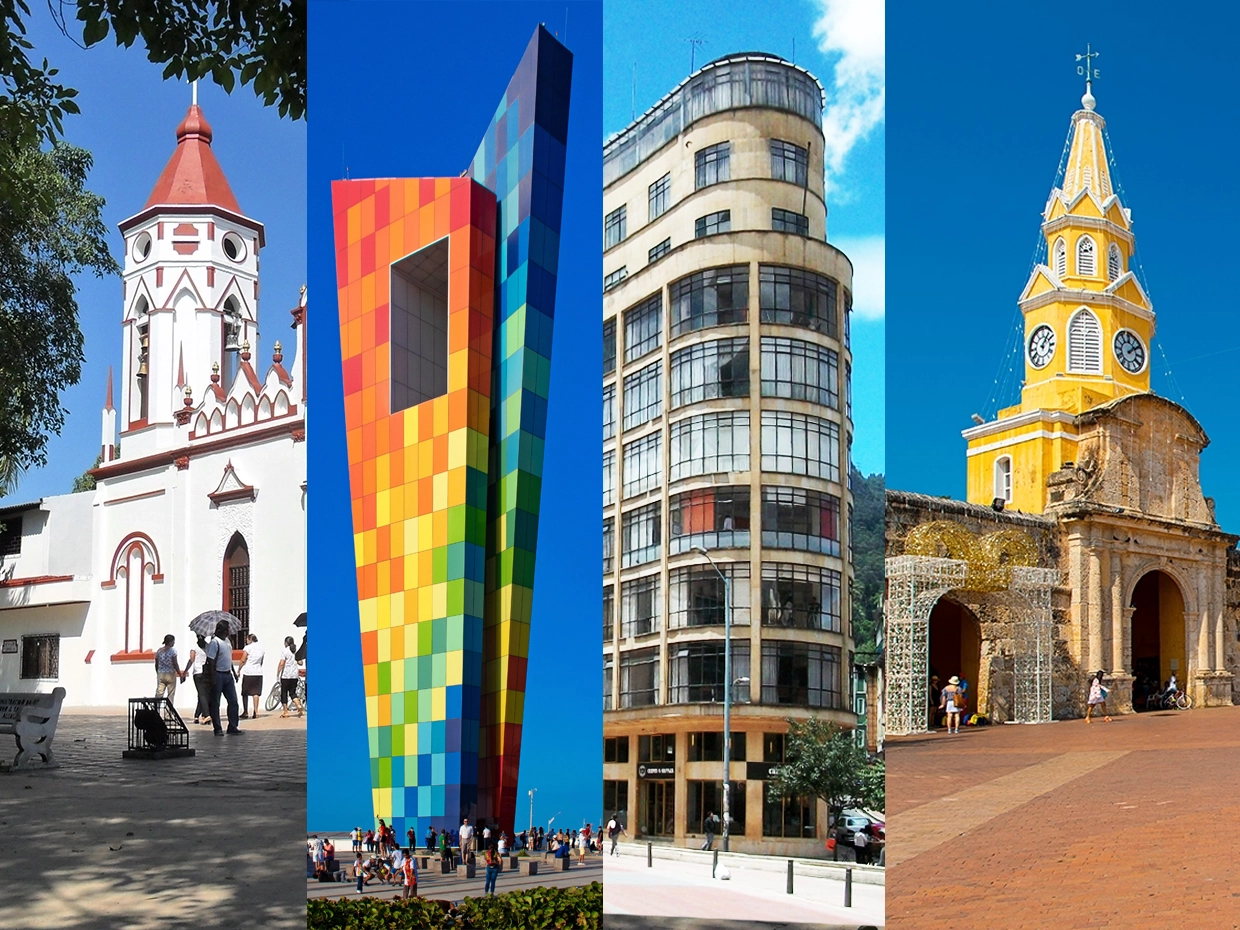Gabriel García Márquez, the renowned Colombian writer, lived throughout his life in several cities in his country. We chose these four that reflect his vision.
Contents
Aracataca
García Márquez was born on March 6, 1927 in Aracataca. This small town located in the department of Magdalena is considered a source of inspiration for his idea of Macondo, the setting for several of his works.
For those who have not read it, Macondo is the fictional town described in the novels One Hundred Years of Solitude, The Funeral of Big Mama, The Litter, The Bad Hour, The Colonel Has No One Who Writes to Him and Monologue of Isabel Watching It Rain.
The truth is that he lived there with his grandparents and it influenced his literature.

3 curiosities of Aracataca
Gabriel García Márquez in his autobiography Vivir para contarla (2002) states that Macondo was the name of a banana farm near Aracataca and that, without being sure of its origin, it caught his attention as a child but only as an adult did he discover that it was because of its poetic sonority.
Aracataca is part of the department of Magdalena, banana zone and epicenter of one of the historical massacres of striking workers of the United Fruit Company, by the Military Forces in 1928. This fact is also reflected in “One Hundred Years of Solitude”.
Aracataca: In 2005, a local initiative proposed to rename Aracataca Macondo in order to revive the economy of this town, which is so poor that it has been declared bankrupt. However, the referendum held in Aracataca showed little interest on the part of its inhabitants and the measure was not approved.
House Museum
In 2010 the house was converted into a museum that recreates in detail the spaces in which the childhood and adolescence of the renowned Colombian writer took place. You can check the opening hours on its website.

Barranquilla
García Márquez spent part of his childhood and youth in Barranquilla, the coastal city in the department of Atlántico.
Barranquilla is a unique city and this is what the writer reflected in El olor de la guayaba: Conversations with Plinio Apuleyo.
(…) It is a city of alluvium, frank and welcoming, which has received people from everywhere. Frenchmen escaped from Cayenne who followed in their flight the same route of “Papillon”; German pilots defeated in the first world war; Jews escaped from the Nazi persecutions; emigrants from southern Italy, Jordanian Syrian-Lebanese, arrived nobody knows how, one, two or three generations ago, were founders of today respectable families of the city. With the exception of the dazzling parenthesis of a carnival that once a year throws into the streets floats full of flowers and girls, and noisy troupes dressed in flamboyant satin costumes, it is in industry and commerce where people usually burn their energies.
Gabriel García Márquez
Visit Barranquilla
Read the article
Bogotá
He moved to Bogota to study law and enrolled at the National University of Bogota. He would later abandon his studies and pursue a career as a journalist. In Vivir para contarla, the writer describes Bogota as follows:
“Bogota was then a remote and dreary city where a sleepless drizzle was falling since the beginning of the sixteenth century. It struck me that there were too many men in the street in haste, dressed as I had been since my arrival, in black cloth and hard hats.
Gabriel García Márquez
The newspaper El Espectador
As a journalist at El Espectador, García Márquez lived a golden age of chronicles and reports. It was in this newspaper where he published the successful journalistic series ‘Relato de un náufrago’. In his speech to the Assembly of the Inter-American Press Association he said:
“I attest: at the age of nineteen -being the worst law student- I began my career as an editor of editorial notes and I went up the stairs of the different sections little by little and with a lot of work, until I reached the highest level as a reporter,” said Gabo.
Today, the former El espectador building is an office building located in the historic center on the so-called Eje Ambiental of Bogotá.
On the Eje Ambiental or Jimenez Avenue you will find many points of interest to visit in Bogota.

Visit Bogotá
Read the article
Cartagena de Indias
Garcia Marquez also lived in Cartagena de Indias, the historic city on the Caribbean coast of Colombia. This city was the setting for his famous novel “Love in the Time of Cholera”. In his autobiographical account Vivir para contarla, the writer reflects on Cartagena:
“We had arrived at the great gate of the Clock. For a hundred years there was a drawbridge that connected the old city with the suburb of Getsemaní and the dense slums of the mangroves, but it was raised from nine o’clock at night until dawn. The population was isolated not only from the rest of the world but also from history. It was said that the Spanish colonists had built that bridge out of terror that the poor people of the suburbs would sneak in at midnight to slit their throats in their sleep. However, something of its divine grace must have remained in the city, because it was enough for me to take one step inside the wall to see it in all its grandeur in the mauve light of six o’clock in the evening, and I could not repress the feeling of having been born again.”
Gabriel García Márquez

Although he spent part of his life abroad, his native country had a profound influence on his work and his identity as a writer.


